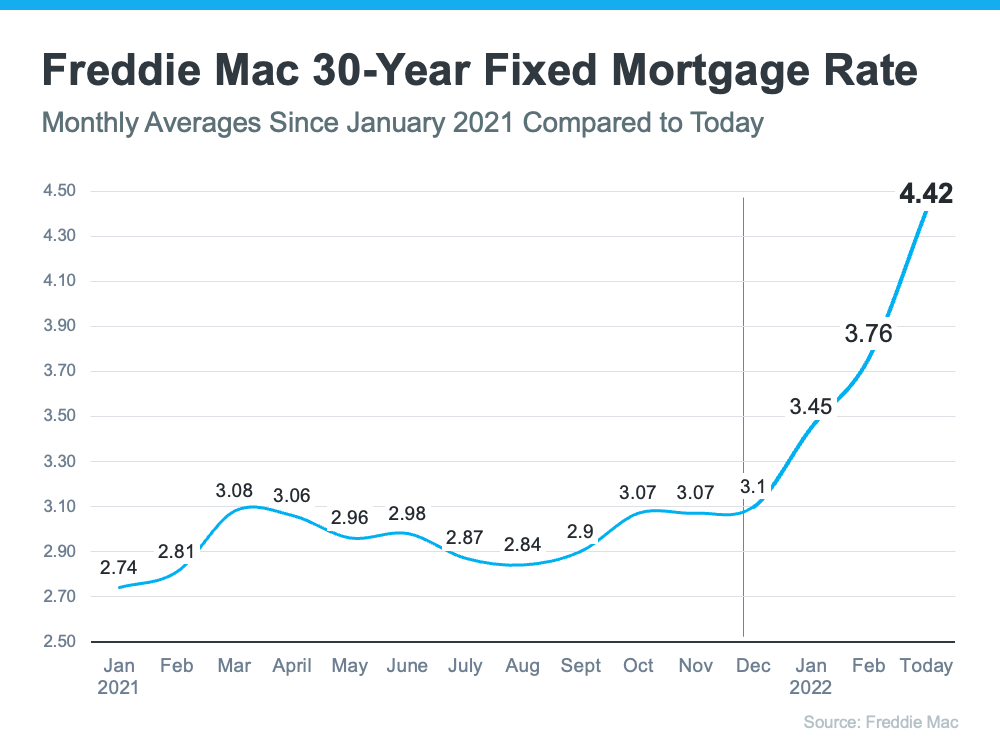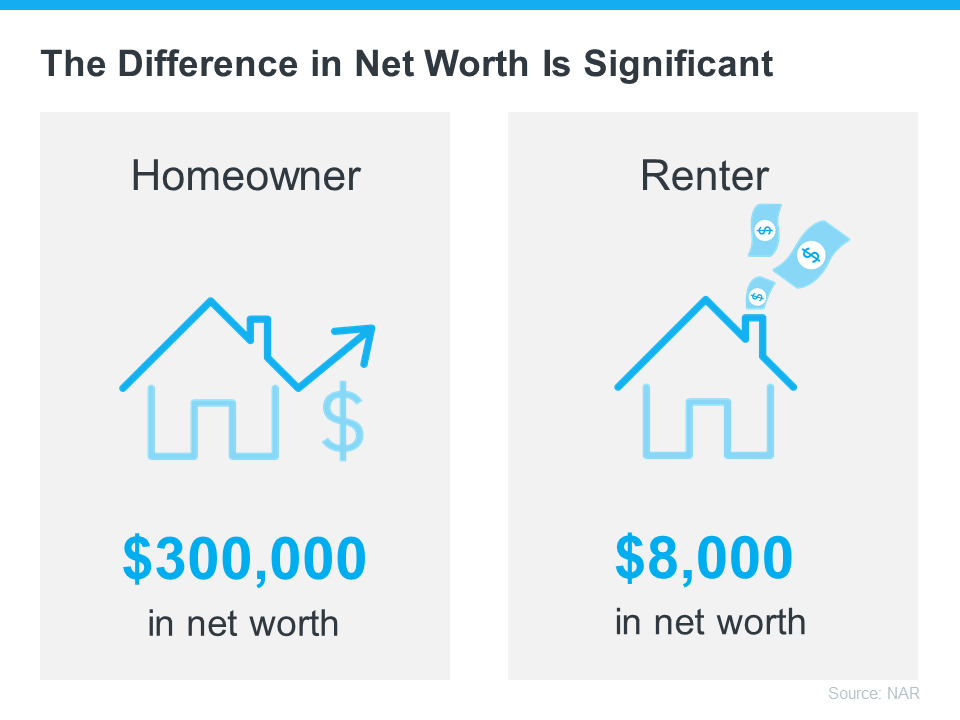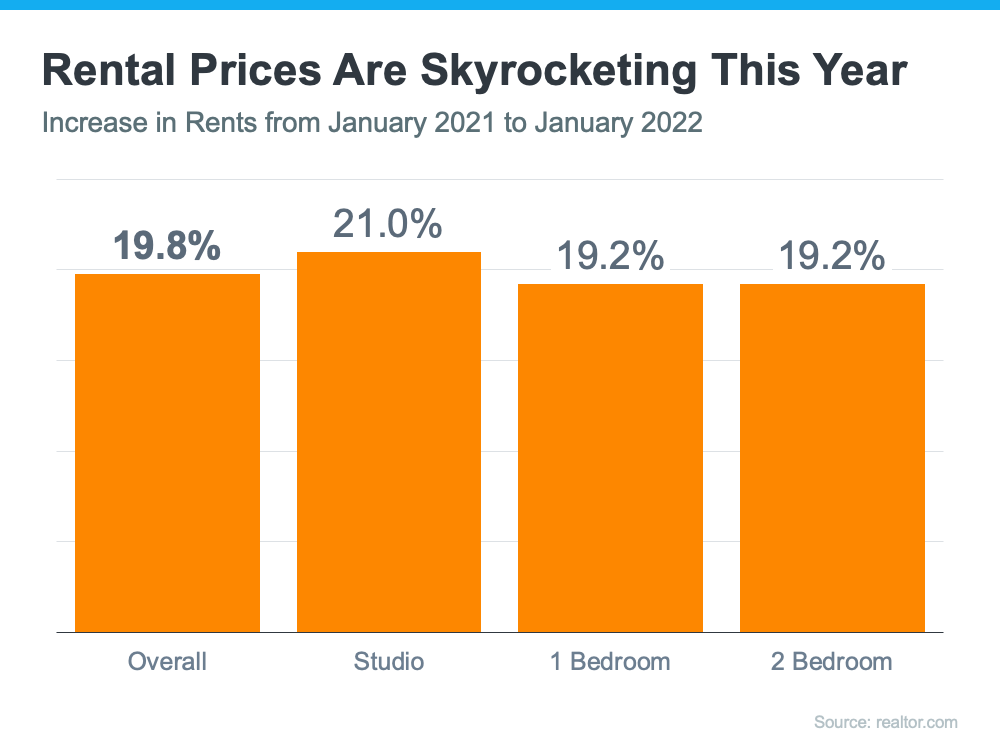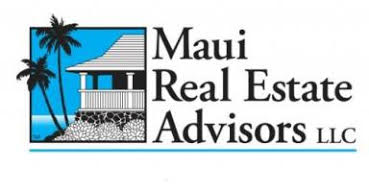Editorial Note: We earn a commission from partner links on Forbes Advisor. Commissions do not affect our editors’ opinions or evaluations.
If you’re self-employed, such as a freelancer or independent contractor, one question is likely top of mind at tax time: How can I reduce my self-employment taxes?
Most self-employed people want to use every deduction to which they’re entitled to reduce their taxes but may not know what they’re entitled to.
Whether you operate at a loss or profit, here are 15 types of tax deductions that you don’t want to miss.
1. Credit Card Interest
If you made business purchases on your credit card, you might be able to deduct credit card interest on your federal tax return.
The IRS considers qualified business purchases as ones that are “ordinary and necessary” for the operation of the business. These can include your cell phone, internet, meals, salaries and wages, rent, utilities and interest.
2. Home Office Deduction
If you’re employed by a company, you’re no longer able to take the home office deduction. But if you’re self-employed and use part of your home for business, you may still qualify—even if you’re a renter. There are two options available to claim at tax time—the simplified option and the regular method.
Whichever method you choose, your home office must meet two requirements.
First, the IRS requires you to use it regularly and exclusively, which means that the office is used only for business purposes.
Next, it should be your principal place of business, which means that you use your office to have meetings and complete work. So if you routinely held meetings outside of your home, your home office may not qualify for the deduction.
The simplified option: You can use the simplified option to quickly determine your tax deduction. Simply multiply your office’s total square feet by $5 (up to a maximum of 300 square feet). If your home office is 300 square feet, then, you are entitled to take a deduction of $1,500 on your tax return.
The regular method: With this option, your tax deduction is based on the percentage of your home that your home office occupies. First, divide your home office square footage by your home’s overall square footage. Then, multiply the percentage you get by the sum of your home’s total allowable expenses to get the permissible deduction. If your home office was 300 square feet and your home was 1,500 square feet, you would deduct 20% of your allowable expenses (300/1,500 = 0.2).
With this home office deduction, you can claim home-related expenses only, such as rent, mortgage interest, insurance, taxes and utilities.
3. Training and Education Expenses
If you paid for work-related education expenses during the year, you might be able to take a deduction on your tax return. Your payment must be for education that maintains or improves your skills in your current line of work. However, if the education qualifies you for a new job or type of business, it may not be considered deductible.
For example, if you provide home repair services and decide to take a home repair education course, you can claim it as a tax write-off. Since this course maintains and improves your current skills, it’s considered deductible.
If eligible, you can deduct tuition, books, supplies, fees and transportation costs, among others.
4. Self-Employed Health Insurance Premiums
If you’re self-employed, health insurance can be costly—but you can deduct it from your taxes. Amounts include health care insurance premiums you paid for yourself, your spouse, dependents and any children under 27 who are on your health plan, regardless of whether you claim them on your return.
You have to report a net profit to use this deduction. If you didn’t, you can instead claim your premiums as an itemized deduction on your Form 1040 federal tax return, Schedule A.
5. Business Mileage
If you use your car for work, whether it’s driving to meetings or making deliveries, you can deduct your mileage on your tax return. However, if you use your car for personal and professional trips, you can only deduct business mileage.
Like with the home office deduction, you’ve got two options when it comes to claiming mileage on your taxes.
The standard mileage rate is a specific rate you can multiply against the business miles you drove during the year. For the year 2021, the standard mileage rate is 56 cents per mile. For instance, if you drove a total of 10,000 business miles, you could deduct $5,600.
To claim the standard mileage rate, you must meet the following conditions:
- You must own or lease the car
- You must operate five or fewer cars at one time
- You must not have claimed depreciation on your cars
Note: If you choose the standard method for a car you lease, you will need to use it throughout the vehicle’s lease.
The actual expense method allows you to deduct the actual business costs to operate the car. If you use the vehicle for business and personal needs, you will have to determine which portion is for business.
Whichever method you choose, it’s best to track your business mileage by keeping a log recording the dates and types of trips, odometer reading and any business expenses, like gas, oil, licenses, registration fees, repairs, tires, insurance, lease payments and depreciation.
Also, you should calculate the deduction amounts under both methods and choose the largest deduction. If you’re using an online tax software program, it’ll request you enter both your actual vehicle expenses and mileage for the year. It’ll then calculate the best deduction for you.
6. Phone Services
What you pay for cell phone services for your business is deductible. Let’s say your annual cell phone bill is $2,000 and you use 30% for business; you’d be entitled to a tax deduction of $600. You should choose a recordkeeping system to determine your business usage.
However, the rules differ for your home phone services.
The first phone line in your home isn’t deductible, even if you have an office at home. However, you can deduct amounts paid if you incur business long-distance charges or have a second phone line reserved for business use.
7. Qualified Business Income Deduction
The qualified business income deduction allows some small business owners to exclude up to 20% of their business income from federal taxes.
Business owners may qualify for this deduction for tax years 2017 through 2025. You can deduct this amount if you’re a sole proprietor, an S-corporation, or a partnership. You aren’t required to itemize deductions to qualify.
8. Business Insurance Premiums
If you operate a small business, you can take a deduction for business insurance premiums paid. Generally, you can only claim the amount for the tax year it relates to.
For instance, if you paid $10,000 on Jan. 1, 2021 for a two-year business insurance policy, you can deduct only $5,000 for the year paid. You’ll need to deduct the remaining $5,000 the following year.
9. Travel Deductions
You can deduct travel expenses when you’re on business travel. However, the deduction can’t be lavish or extravagant, nor can it be used for personal reasons. Some examples of travel expenses are airline tickets, taxi or ride-sharing fares, hotel and lodging, baggage fees and dry cleaning expenses.
The IRS considers business travel that requires you to be away from your home longer than a work day and requires you to get rest while away.
10. Self-Employment Tax Deduction
The IRS imposes a 15.3% of self-employment tax on net earnings of self-employed people. Your net earnings are determined by subtracting your business deductions from business income. The rate consists of two parts: 12.4% for Social Security and 2.9% for Medicare.
For example, if your net earnings for 2021 are $25,000, your self-employment tax is $3,825 ($25,000 x .153%).
For 2021, the first $142,800 of net earnings is subject to the total self-employment tax. However, if you earn more than this amount, the remaining amount is subject to the 2.9% Medicare tax only.
The IRS allows you to deduct 50% of your total self-employment tax on your tax return.
11. Advertising Deduction
Generally, you can deduct the advertising expenses you paid for your business. The costs of keeping your name in front of the public are an example of deductible advertising expenses. Some examples of advertising expenses are TV, radio, social media marketing fees, commercials, or direct mailing.
12. Rent Deduction
If you paid rent for the use of property you don’t own, you can deduct it as a business expense. However, you can’t deduct any rent paid if you own a percentage of a building.
In most cases, rent can be deducted only in the year it has been paid or incurred. Let’s say you paid $36,000 in rent up front for the next three years starting on Jan. 1, 2021.
Generally, for 2021, you can only claim $12,000 as a rent deduction. Any remaining amounts are deductible in the following years for $12,000 each.
Also, you should familiarize yourself with the IRS’ additional rules for rent deductions to ensure you file this deduction correctly.
13. Start-up Expenses
In general, you must deduct business start-up expenses over a period of time, up to 15 years. However, business start-up and organizational costs paid after Oct. 22, 2004 are immediately deductible up to $5,000 total.
Costs associated with creating, acquiring, or investigating a business are included in start-up costs. Organization costs include what it takes to set up a corporation or a partnership. Some examples include legal fees paid to a lawyer to incorporate your business.
14. Club and Membership Dues
Generally, if you paid club and membership dues for pleasure, social, recreation or business, you can’t deduct them. However, you can deduct dues paid to the following organization as long as their sole purpose isn’t to conduct entertainment activities for members and guests:
- Boards of trade
- Business leagues
- Chambers of commerce
- Civic or public service organization
- Professional organizations such as bar associations or medical associations
- Real estate boards
- Trade associations
15. Retirement Savings
You can deduct contributions you make to a qualified plan, such as a 401(k) plan or SEP IRA. Amounts may include contributions you made for an employee or your own retirement. The deduction limit for your contribution to a qualified plan depends on the kind of plan you have.
You should speak with a tax professional to help you determine your deductible amount.





![It’s Still a Sellers’ Market [INFOGRAPHIC] | MyKCM](https://files.mykcm.com/2022/04/31142157/20220401-MEM-1046x2173.png)






![Spring Cleaning Checklist for Sellers [INFOGRAPHIC] | MyKCM](https://files.mykcm.com/2022/03/16150023/20220318-MEM-1046x1566.png)
